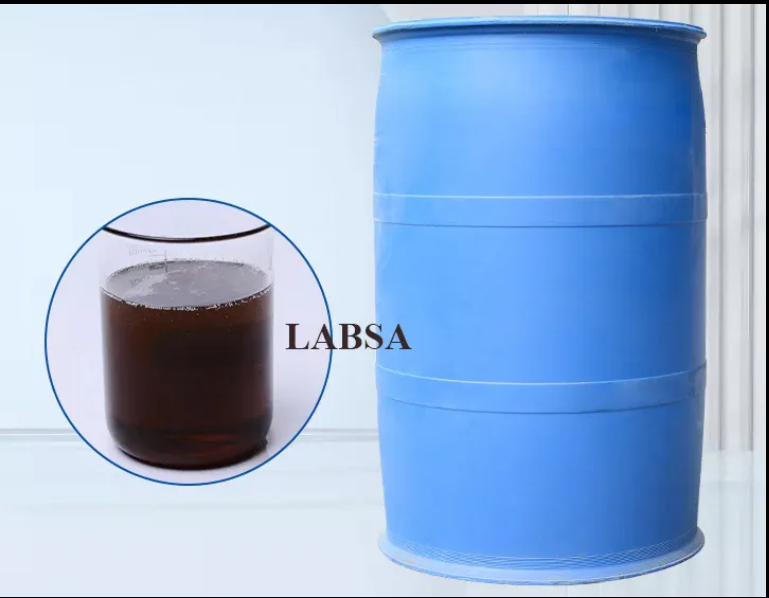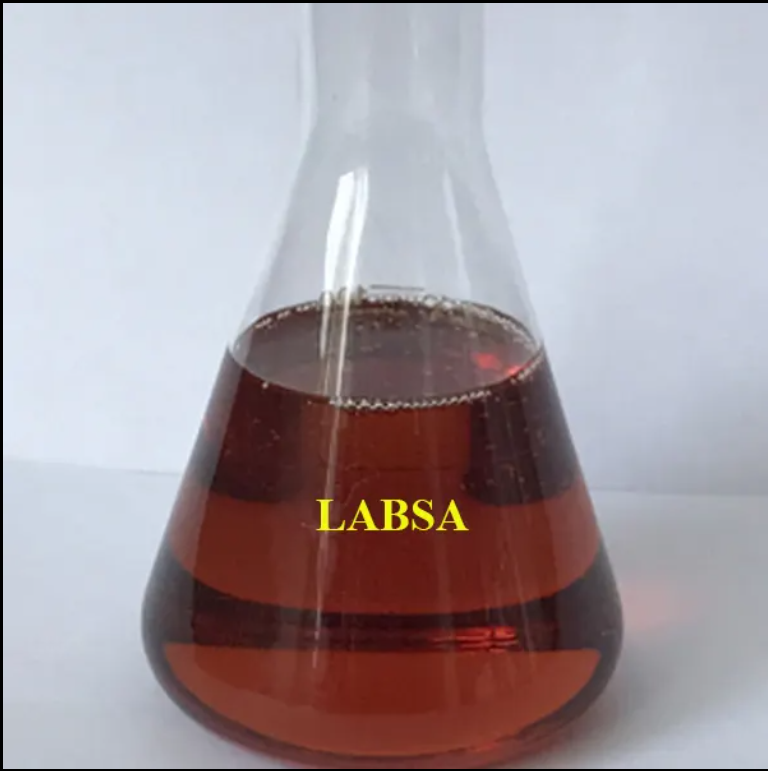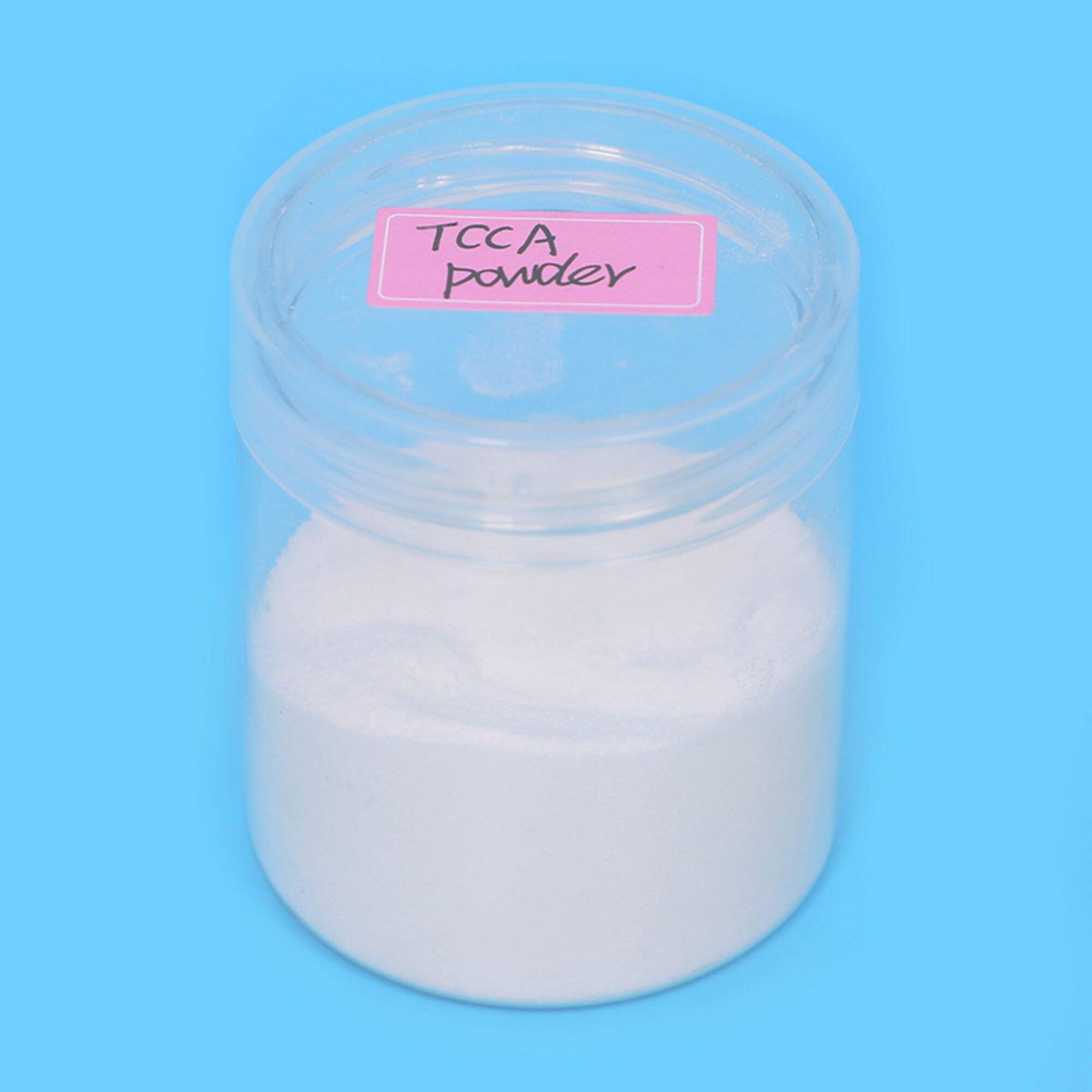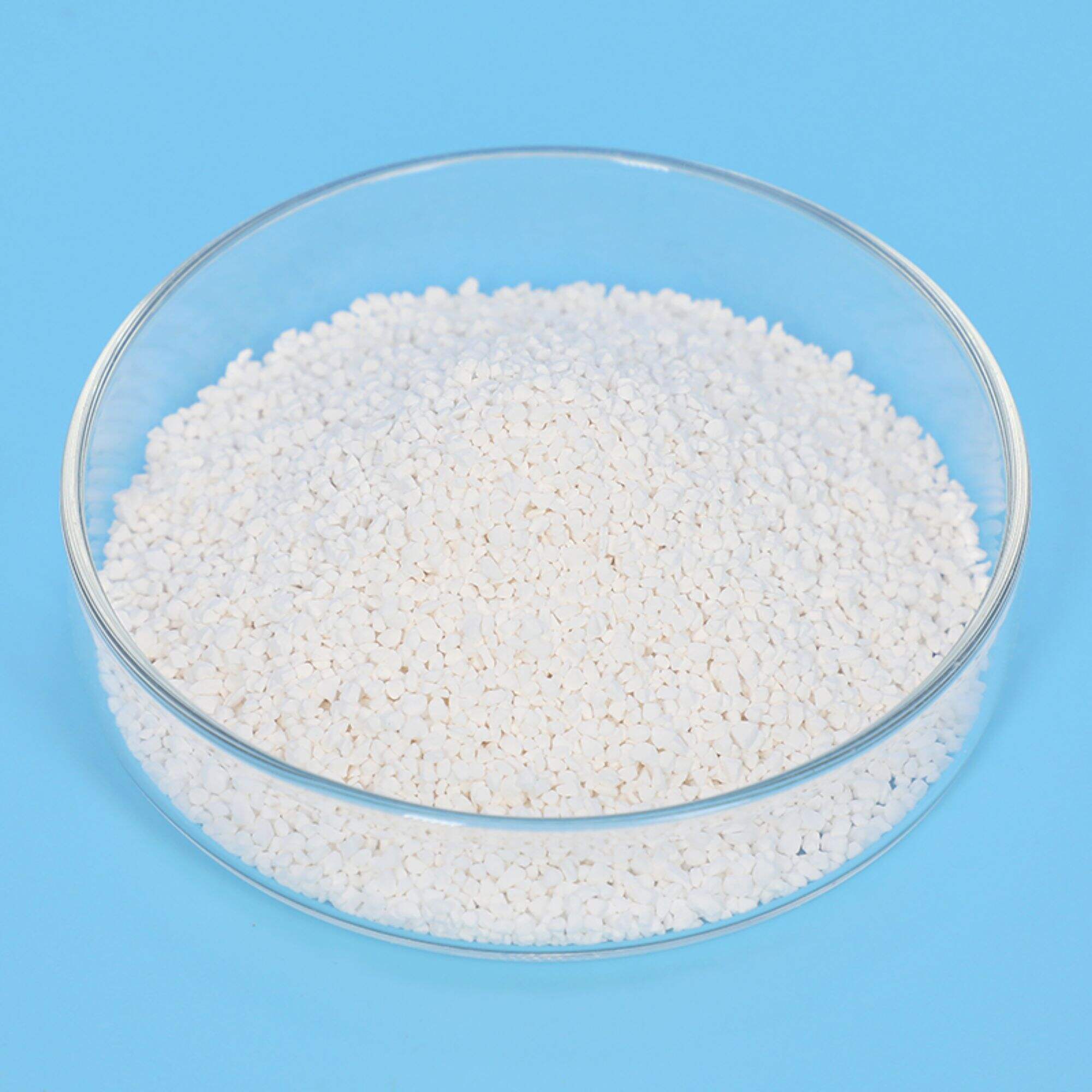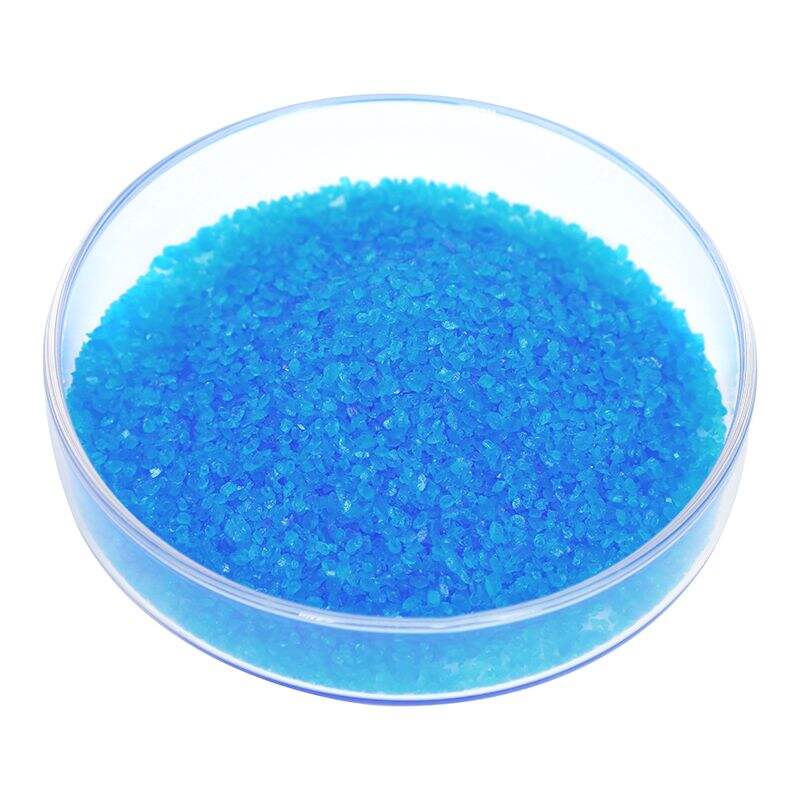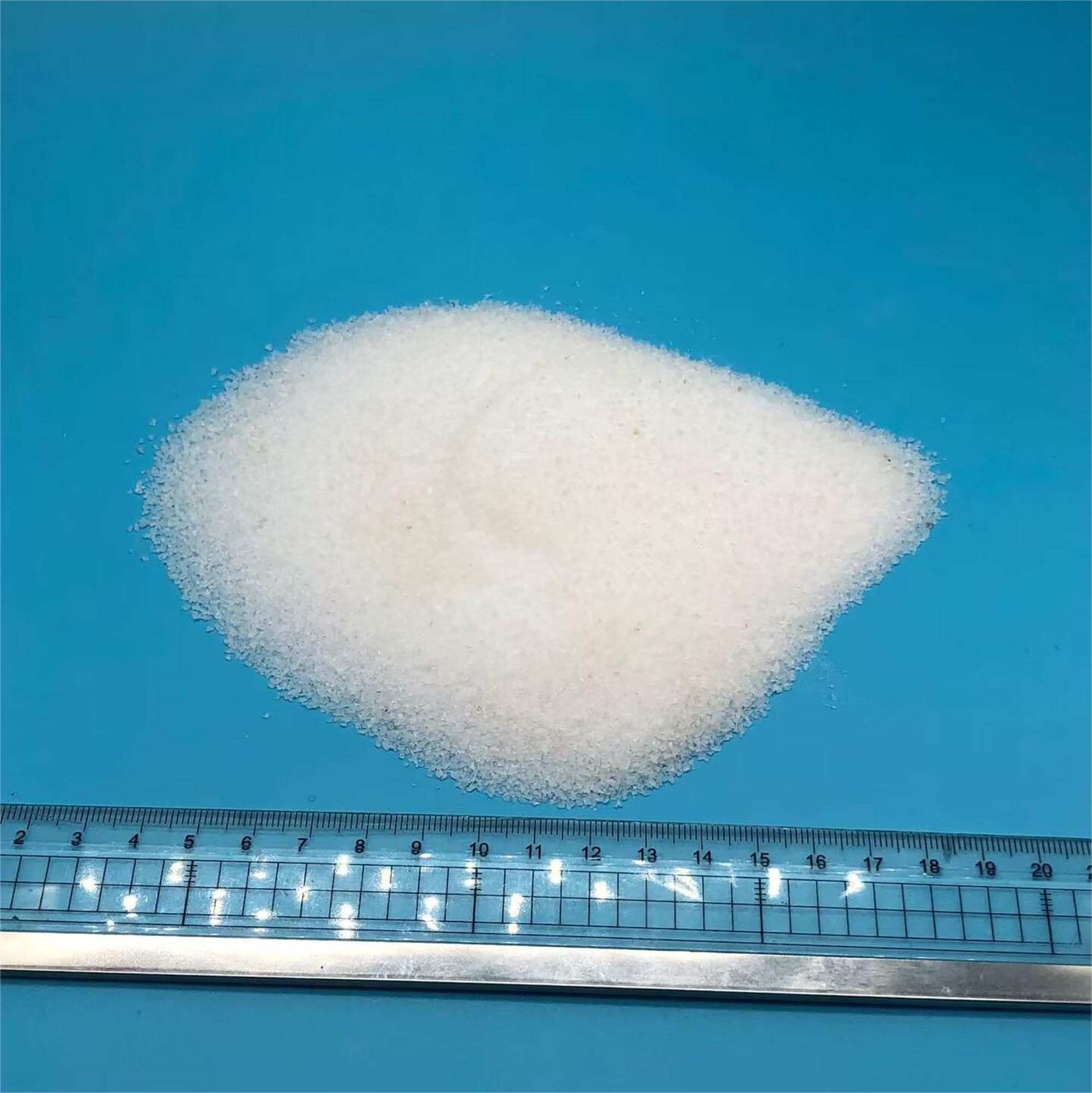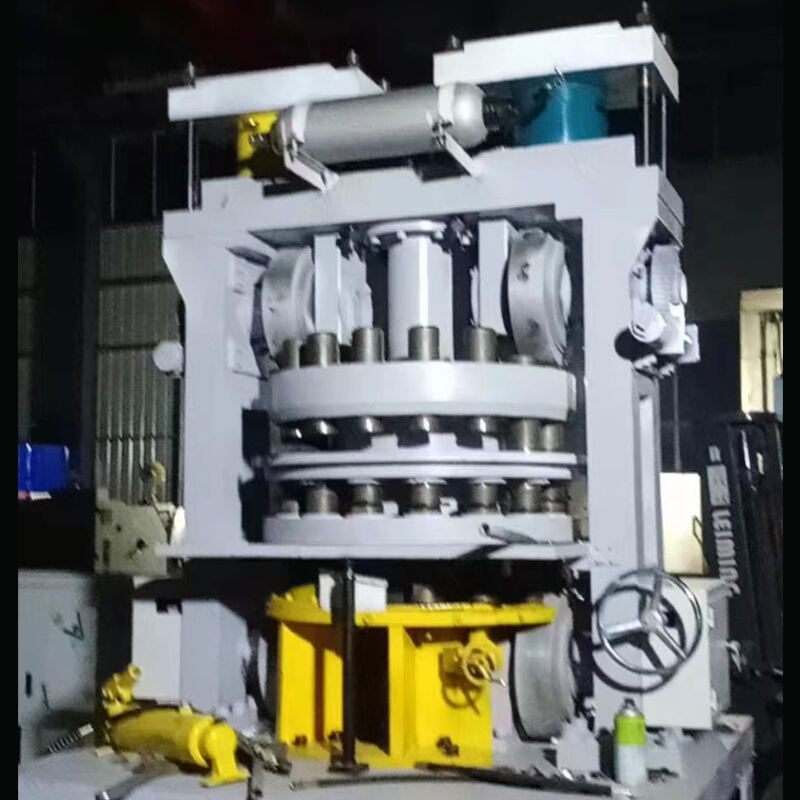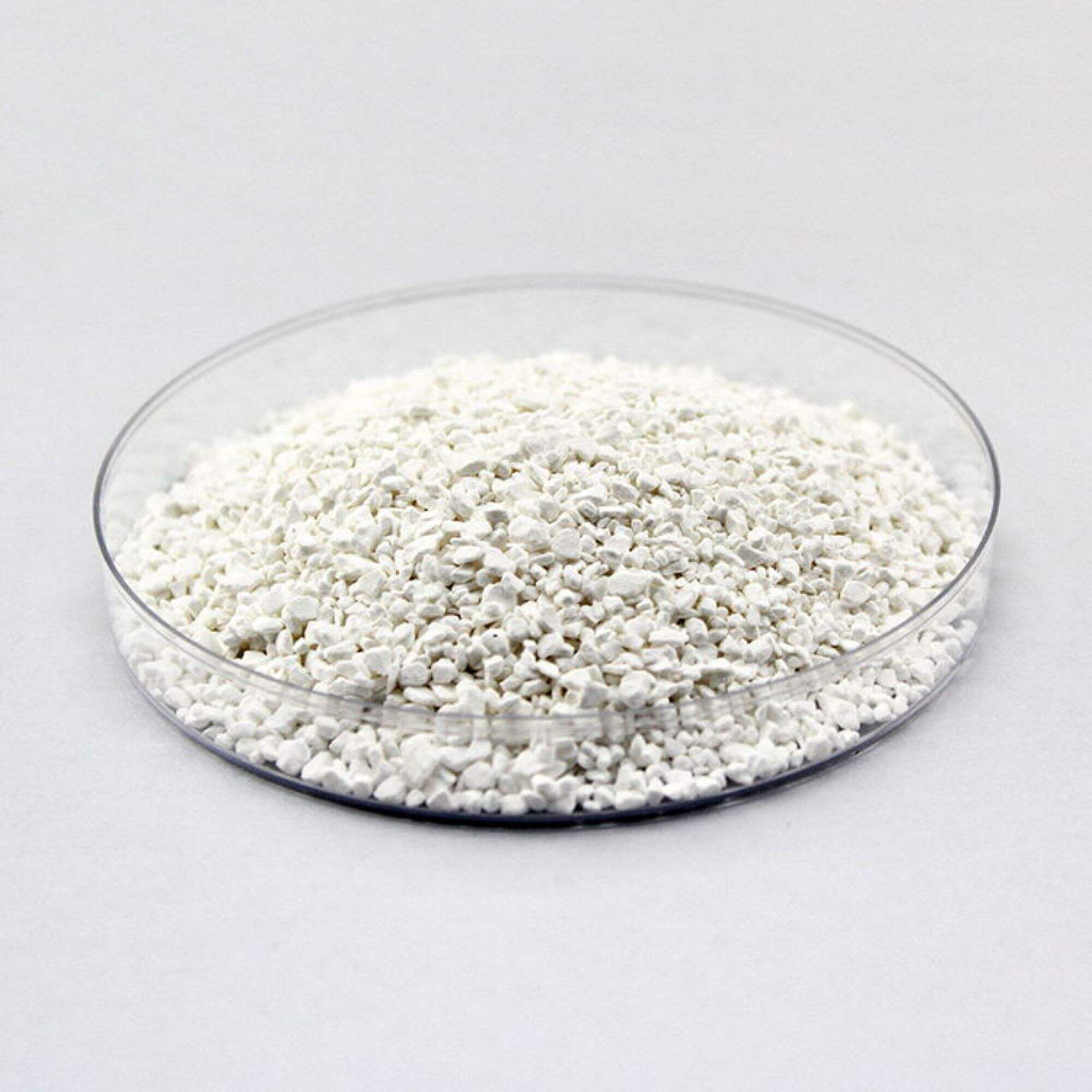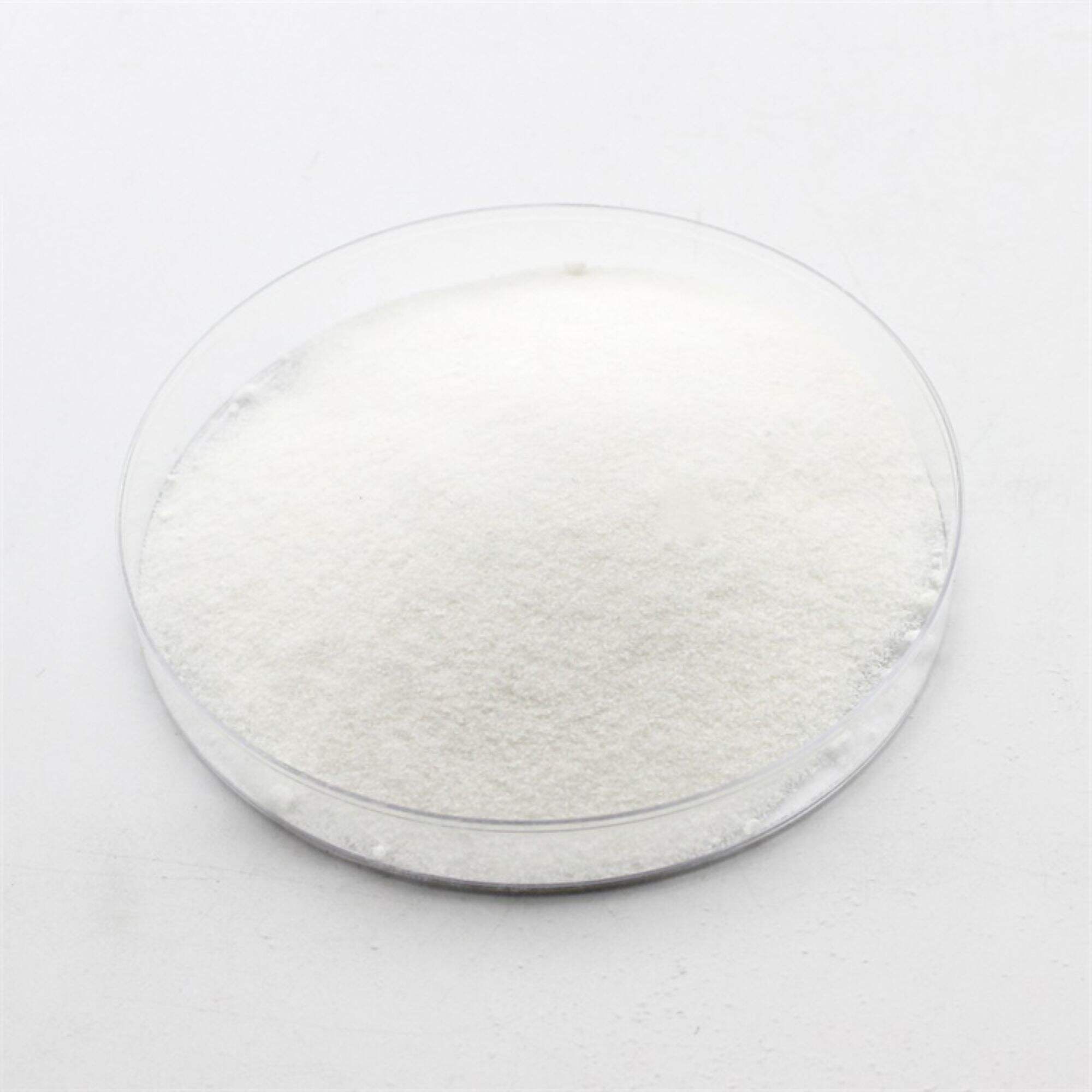Impjant tal-Manifattura 96% ta 'purità LABSA għal Materjal Deterġenti Labsa
Fuljett tal-Prodott:DOWNLOAD
Dehra: Ġeneralment jippreżenta bħala likwidu viskuż, isfar ċar għal kannella. Il-varjazzjoni tal-kulur tista 'tkun dovuta għal proċessi ta' produzzjoni u livelli ta 'purifikazzjoni differenti.
Riħa: LABSA għandha riħa karatteristika, kemmxejn qawwija.
Densità: Id-densità ġeneralment taqa 'fil-medda ta' 1.02 - 1.05 g/cm³, li huwa parametru importanti għal konsiderazzjonijiet ta 'ħażna u trasport.
Solubilità: Jinħall ħafna fl-ilma, u jifforma soluzzjoni mċajpra inizjalment li tiċċara ma 'aktar aġitazzjoni. Din il-proprjetà tas-solubilità tippermetti l-applikazzjoni wiesgħa tagħha f'formulazzjonijiet milwiema.
Prodott Introduzzjoni
Xenarji ta 'Applikazzjoni
Ippakkjar tal-Prodott
Prodott Introduzzjoni
Dettall tal-prodott
| LABSA | |
| APPERENZA |
LIKWIDU VISKUŻ KANAN |
| MATERJA ATTIVA % | 96.3 |
| MATERJA MHUX SULFATA % | 0.7 |
|
H2SO4 |
1.2 |
|
KULUR (5% SOLN) |
25 |
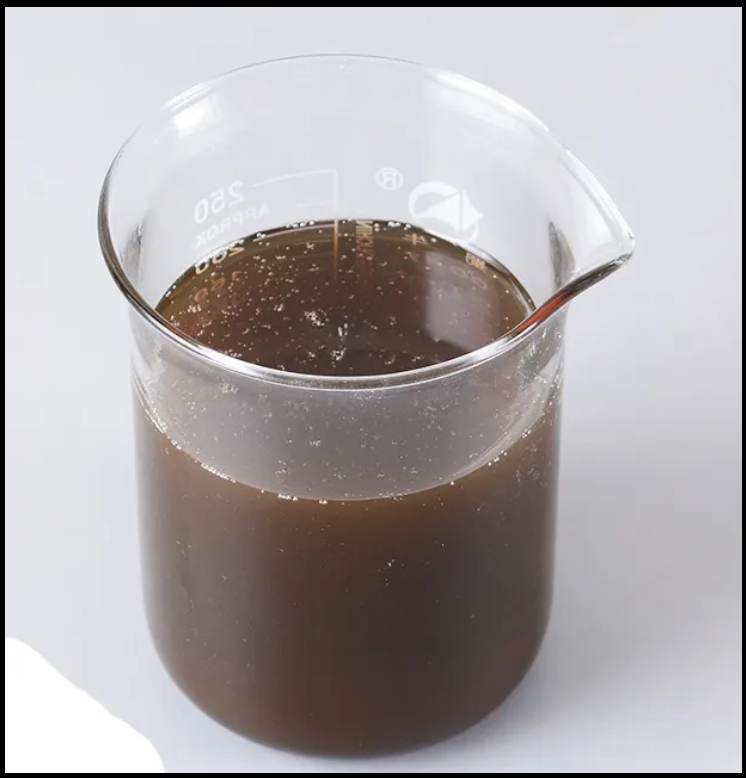
Xenarji ta 'Applikazzjoni
applikazzjoni
- Industrija tad-Deterġenti: Hija s-sinsla tal-formulazzjoni tad-deterġenti. L-imluħa li tinħall fl-ilma ffurmati minn LABSA jipprovdu proprjetajiet eċċellenti ta 'deterġenza, emulsifikazzjoni u ragħwa. Jista 'jneħħi b'mod effettiv il-ħmieġ, il-grass u t-tbajja' mid-drappijiet, u jagħmilha indispensabbli f'deterġenti tal-londri, deterġenti tal-ħasil tal-platti u tindif industrijali.
- Industrija tat-Tessuti: LABSA jintuża fl-ipproċessar tat-tessuti għal trattament minn qabel, żebgħa u rfinar. Jgħin fit-tixrib tal-fibri, ittejjeb l-assorbiment taż-żebgħa, u tipprovdi proprjetajiet anti-statiċi lit-tessuti lesti.
- Industrija tal-Ġilda: Fil-manifattura tal-ġilda, hija applikata għat-tneħħija tax-xaħam, għat-tixrib, u għall-ikkunzar. Jgħin biex jitneħħew xaħmijiet u żjut naturali mill-ġlud u l-ġlud, u jippreparahom għal aktar ipproċessar.
- Industrija tal-pitrolju: Jista 'jintuża bħala emulsjonant fl-emulsjonijiet taż-żejt, li jgħin biex jitħalltu sustanzi li ma jitħalltux bħaż-żejt u l-ilma, li huwa ta' benefiċċju għat-tajn tat-tħaffir u proċessi mtejba ta 'rkupru taż-żejt.
Ippakkjar tal-Prodott

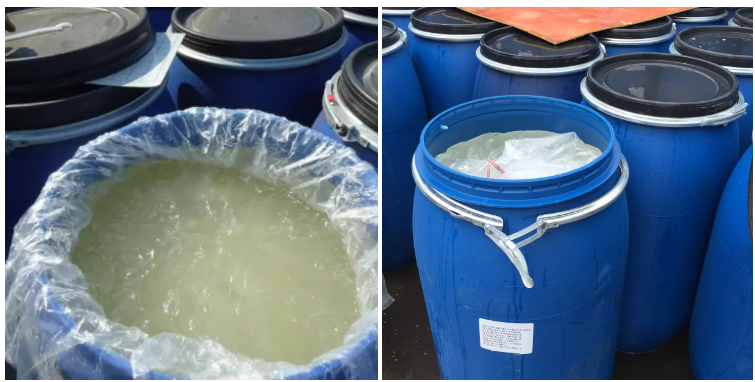

 EN
EN







































